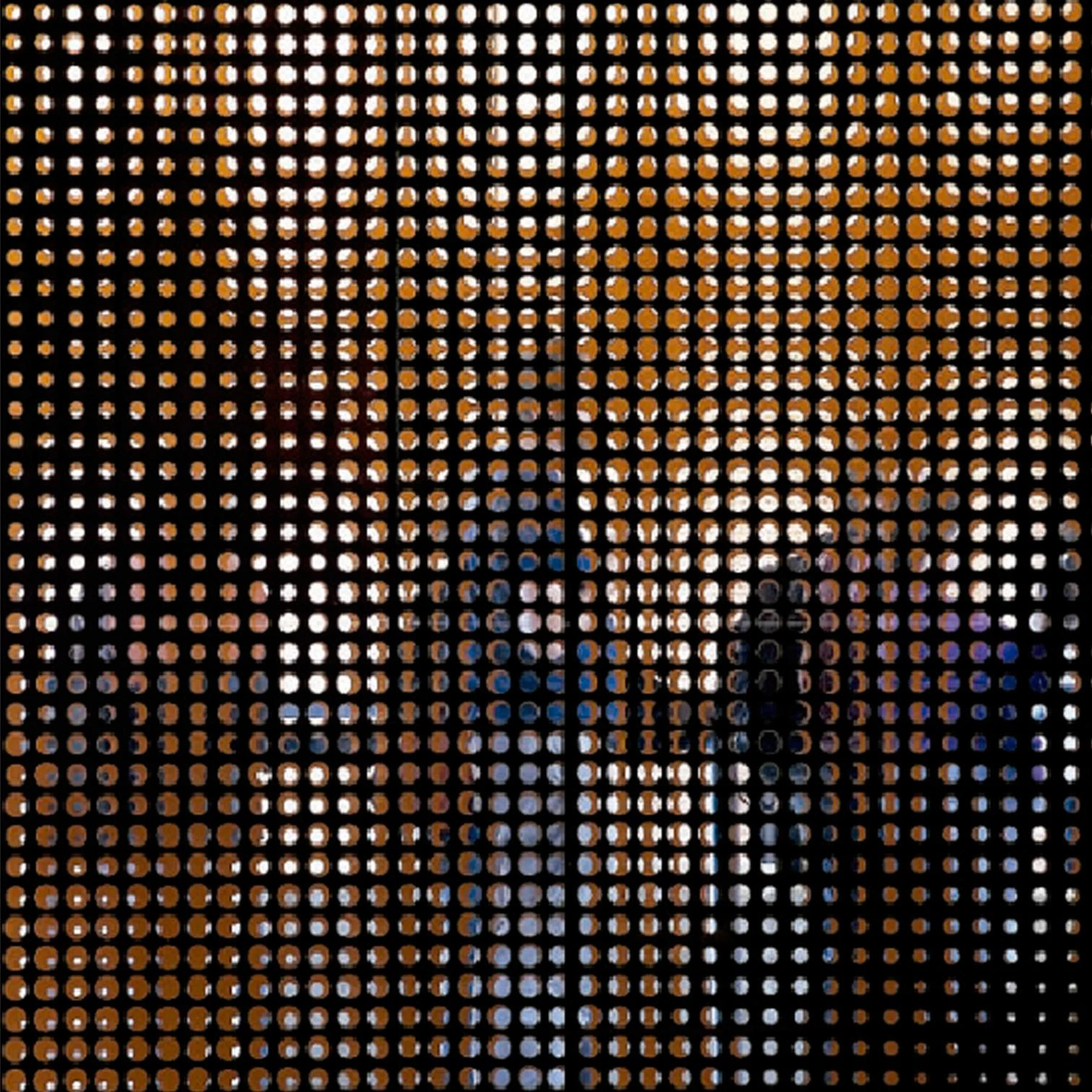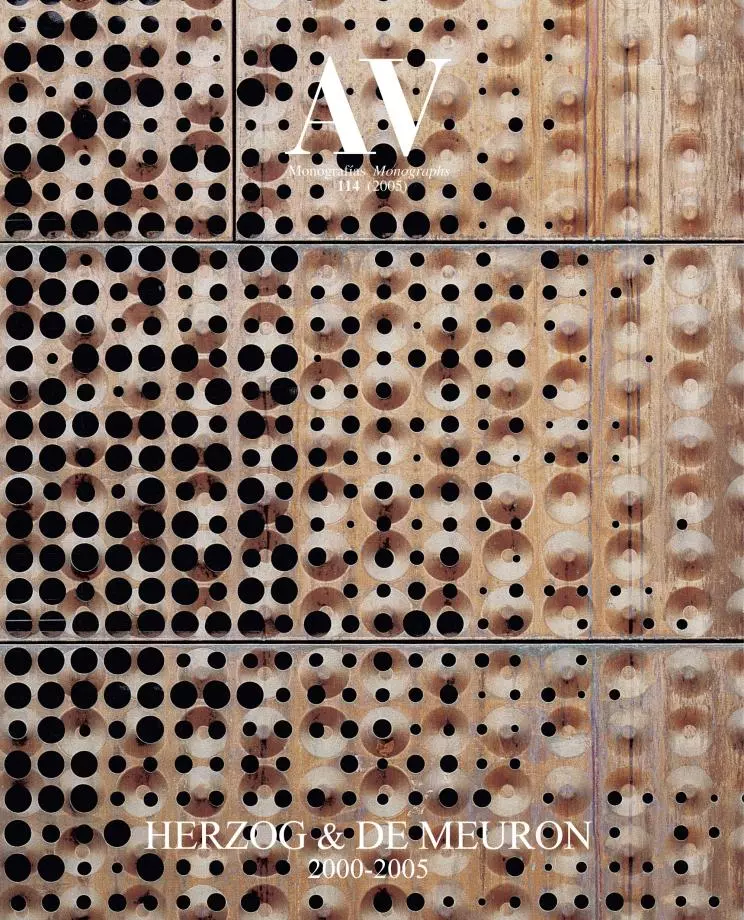
This magazine devoted an issue to Herzog & de Meuron in 1999, and after only five years we return to the Basel architects to take stock of the remarkable production of the last period, that has witnessed the global expansion of the firm and the accelerated multiplication of their formal proposals, loyal to an experimental drive that the explosion of their activity has been unable to seize up. On the contrary, one could say that the larger the scale of their work, the greater the variety of the projects, that – far from the common practice of repeating successful formulas – always explore new grounds, leaving behind those who try to imitate their ways, and reinventing themselves in each new commitment with a seemingly inexhaustible richness of proposals, from which an army of fans draw inspiration.
Between the previous monograph and this one many things have happened: the Tate inauguration in 2000, that established the firm in the art world; the Pritzker in 2001, that confirmed their wide recognition; the victory at the Allianz Arena and Beijing Stadium competitions, that will place them in the limelight during the 2006 World Cup and the 2008 Olympic Games; the opening of the Prada store in Tokyo, a masterwork that will go down in architectural history as the Signal Box or the Dominus Winery did before; the Stirling for the Laban, the completion in Basel of the Schaulager, in Cottbus of the library, in Barcelona of the Forum, and in the US of two fine museums, the Walker and the New de Young; aside from outstanding exhibits in Montreal, Rotterdam, London and Basel itself.
As for us, we have followed their career with the attention and curiosity that this explosive accumulation of talent deserves, and with the vertigo provoked by their increasing geographic and formal dispersion. From 1999, AV/Arquitectura Viva have published hundreds of news features, articles, projects and works – including a cover story in Arquitectura Viva in 2003 – so practically every issue has carried a mention of the Swiss. During this period I myself have written a dozen essays (more than I have devoted to any other office, if I am not mistaken), and have visited almost all of their buildings of the last years, from Tokyo to San Francisco, as well as several visits to the factory on Rheinschanze 6, where this exuberant creation of organisms is brought to a boil in their retorts.
So much personal contact is bound to prompt feelings of affection and friendship that are eventually mixed up with intellectual and artistic appreciation, but I want to believe that this circumstance does not sequester critical independence. The studio’s ties with Spain, where it is now carrying out half a dozen works, strengthened by the Spanish lessons taken by Jacques Herzog and his choosing the island of Tenerife for the construction of his summer home, makes it hard not to sense them particularly close, so it is a relief to find that our esteem is shared by others, because proximity always blurs perception. The Art Review recently deemed the Basel partners the most influential architects in the art scene, and I dare to think that there are quite a few that would extend this leadership to the field of architecture itself.





